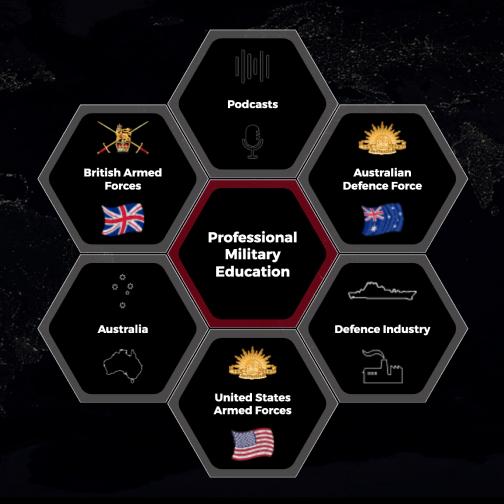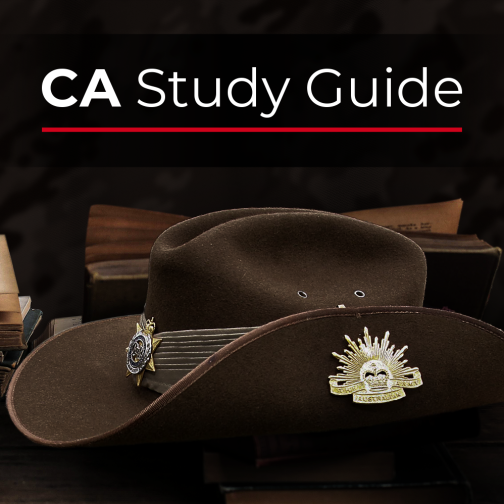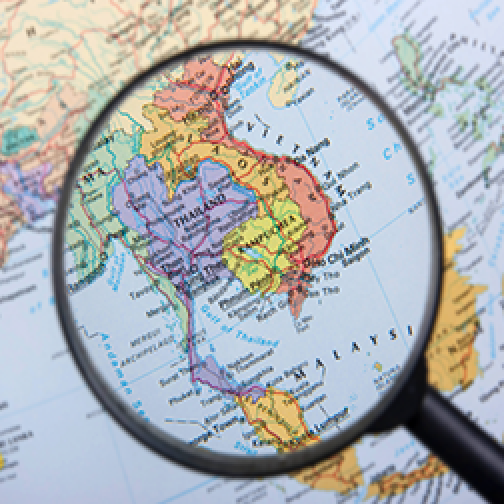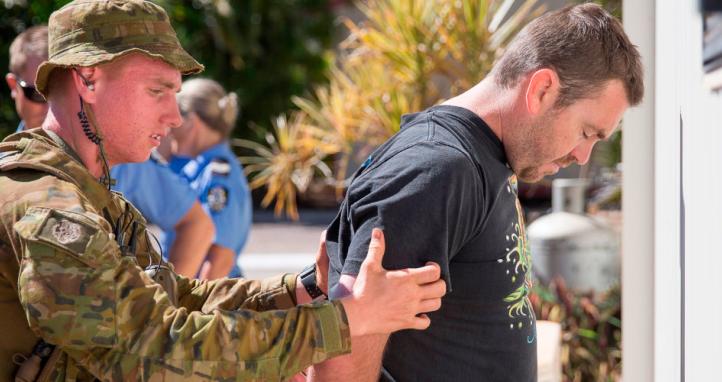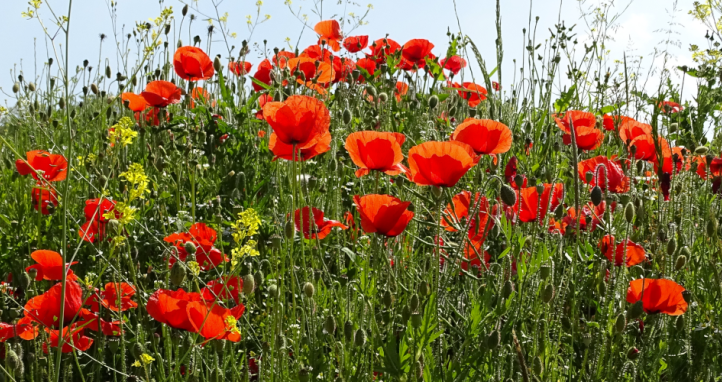Facts and figures
| Official name | Niue |
| Country code | NU |
| Area | 260km2 |
| Population | 1,470 |
| Capital city | Alofi |
| Timezone | UTC-11:00 |
| GDP | $USD 0.02 billions |
| Currency | NZD (New Zealand dollar $) |
| Government type | Unitary Non-Partisan Parliamentary Constitutional Monarchy |
| Notable people |
|
The ‘Know Your Region’ series is designed to support unit and individual professional military education on the Indo-Pacific region. It’s important for all serving members of our military to have a foundational knowledge of the countries and issues in the Indo-Pacific.
Niue is a self-governing island state in free association with New Zealand. It is located in the South Pacific, approximately 605km north-east of Tonga, 655km north of Samoa, and 2,400km northeast of New Zealand. Known as the "Rock of Polynesia," Niue is one of the world’s largest raised coral atolls with a land area of 261 km². With a circumference of 65km, it takes approximately four hours to cycle around the island’s coastal road and one and a half hours to drive around it.
The island has two distinct levels. The upper level is a central plateau that stands approximately 60m high. It slopes steeply down at its edges to the lower level, a coastal terrace which is half a kilometre wide and roughly 26m high. This in turn slopes down towards small rocky cliffs that meet the sea. The cliff face is broken up by numerous inlets and small sandy beaches.
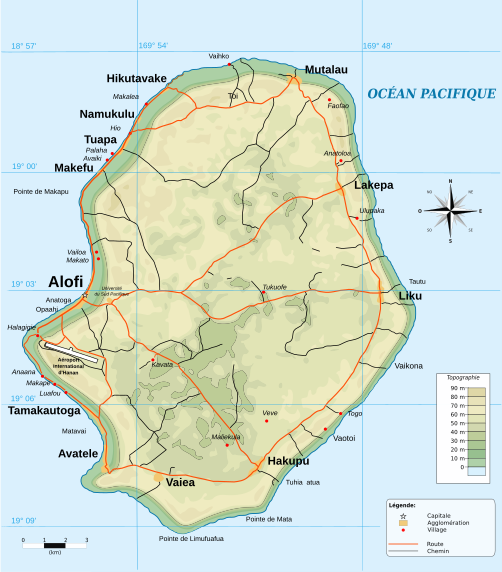
The island relies heavily on rainwater for its water supply as there are no rivers or large bodies of freshwater. Rainwater is collected and stored in tanks for use by residents and visitors and is used sparingly. There is also a finite groundwater aquifer to supplement rainwater when needed. The wet season is between November and March with a yearly rainfall average of 80 inches (2,000mm).
Despite its small size, the island is home to a diverse ecosystem, including tropical rainforests, caves, chasms, and fringing coral reefs. There are approximately 60 native or pre-European plants including the banyan tree, Tahiti chestnuts, coconut trees, fan palms, and pandanus. The island is also home to the hibiscus and a range of shrubs, ferns, and creepers.
Niue’s population is approximately 1,820 (2024). The small village of Alofi is the capital and is where the government and main facilities are located. With only 580 people, Alofi is the second smallest capital city in the world.
A Short History
Polynesians are believed to have settled in Niue around 900 CE, with early settlers likely arriving from Samoa or Tonga. Oral traditions suggest that Niue’s original inhabitants established a distinct culture, largely owing to the island's isolation and rugged terrain. The society was divided into clans, each led by a chief who governed land use, fishing rights, and conflict resolution.
In 1774, Captain James Cook attempted to land on Niue during his second voyage to the South Pacific. Cook was repelled by islanders wielding spears and displaying red-dyed mouths that resembled blood, an intimidation tactic created by chewing hulahula bark. Based on this encounter, Cook named the island "Savage Island," though this name was later abandoned in favour of Niue, which translates to "behold the coconut" in the local language. Cook never successfully landed, and it would be decades before other Europeans made contact.
Whaling vessels were some of the most regular visitors during the nineteenth century. The first on record was the Fanny in 1824, and the last was the Albatross in 1899. Despite sporadic contact with Europeans during the first half of the 19th century, life remained largely unchanged until the 1840s when missionaries arrived, determined to convert the population to Christianity.
After several years of making little headway, the London Missionary society eventually abducted a Niuean man, Nukai Peniamina, and trained him at the Malua Theological College in Samoa. Peniamina returned to Niue in 1946 and was given refuge in the village of Uluvehi Mutalau, where he succeeded in winning over the local chief. Christianity soon spread across the island, significantly influencing Niuean traditional customs and governance. At the same time, the introduction of foreign diseases saw a sharp decline in the local population.
Following a request by the island’s chiefs to the British Government in 1889, in 1900 Niue was eventually declared a British protectorate. The chiefs were hoping to avoid potential annexation by Germany or France and were seeking the protection of the Crown against Blackbirders (Pacific slave traders). The next year, New Zealand formally annexed Niue, alongside the Cook Islands, under the New Zealand Boundaries Act of 1901 and assumed full administrative control. Almost half a century later in 1949, Niueans were granted New Zealand citizenship, which allowed them to travel and work freely in New Zealand.
Niue International Airport was built in 1970 and opened to commercial flights in November 1971. The islanders began migrating to New Zealand in large numbers seeking better economic opportunities. The population was reduced by half and has remained roughly the same ever since. In 1974, after a referendum, Niue achieved self-governing status in free association with New Zealand. This status provides Niue autonomy in internal affairs, while New Zealand is responsible for defence and foreign relations.
Today, Niue’s diaspora far exceeds its local population, with over 30,000 Niueans living in New Zealand, Australia, and other countries. Despite their distance, these communities maintain strong ties to Niue through cultural celebrations, remittances, and visits.
People and Society
Most Niueans have Polynesian ancestry with Niuean and English being the two official languages. While many residents are bilingual, there is a growing movement to preserve the Niuean language for future generations. Christianity remains central to life in Niue, with over 95% of the population identifying with one of the island’s main Christian denominations. Sundays are observed as a day of rest.
As with all other Polynesian nations, Niuean society strongly values communal living and extended family. Families often work together, socialise together, and share resources. Chiefs, or "Matai," play an essential role in the community, providing guidance on cultural and social matters. Despite Niue having a modern democratic government, traditional leadership structures remain influential.
Customs and Traditions
Niue’s cultural life is rich with music, dance, and traditional arts. The government actively supports cultural festivals, such as the annual Niue Constitution Day celebrations in October, which showcase local crafts, food, and performances. Dance plays an important role in storytelling, with performers often adorned in costumes made from pandanus leaves and shells.
Tatau
Niuean tattoos, known as "Tatau," are deeply symbolic, reflecting family heritage and personal achievements. Traditional techniques use natural tools and materials that are similar to other Polynesian islands. Designs are hand-tapped using a ‘Tatau stick’, which is a sturdy piece of wood with a comb at the end. The ink is made from soot mixed with coconut oil or other natural ingredients. In some cases, sharp objects like fish bones or shells are used to create various patterns. Weaving is another important part of Niuean culture with women crafting mats, baskets, and fans from locally sourced materials.
Media and Internet
Niue boasts one of the highest levels of press freedom in the Pacific. The island has one newspaper, a radio station, and online news services. Despite its small population, Niue’s digital infrastructure has steadily improved, with approximately 90% of households having access to the internet as of 2024.
The Niuean government has implemented a 2024-2030 Digital Strategy aimed at enhancing connectivity and integrating digital tools into public services and the economy.
For further general information on Niue, see the resources below:
Video:
Articles:
Know your region
Know Your Region series gives you a shortcut to understanding other nations in the Indo-Pacific region.
